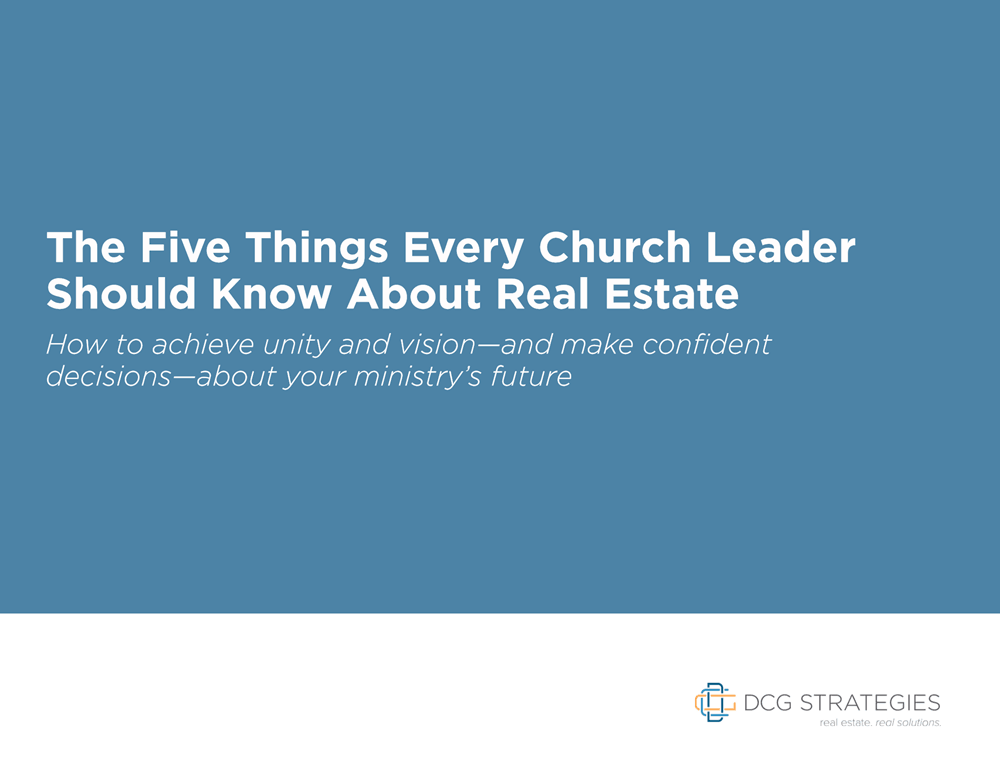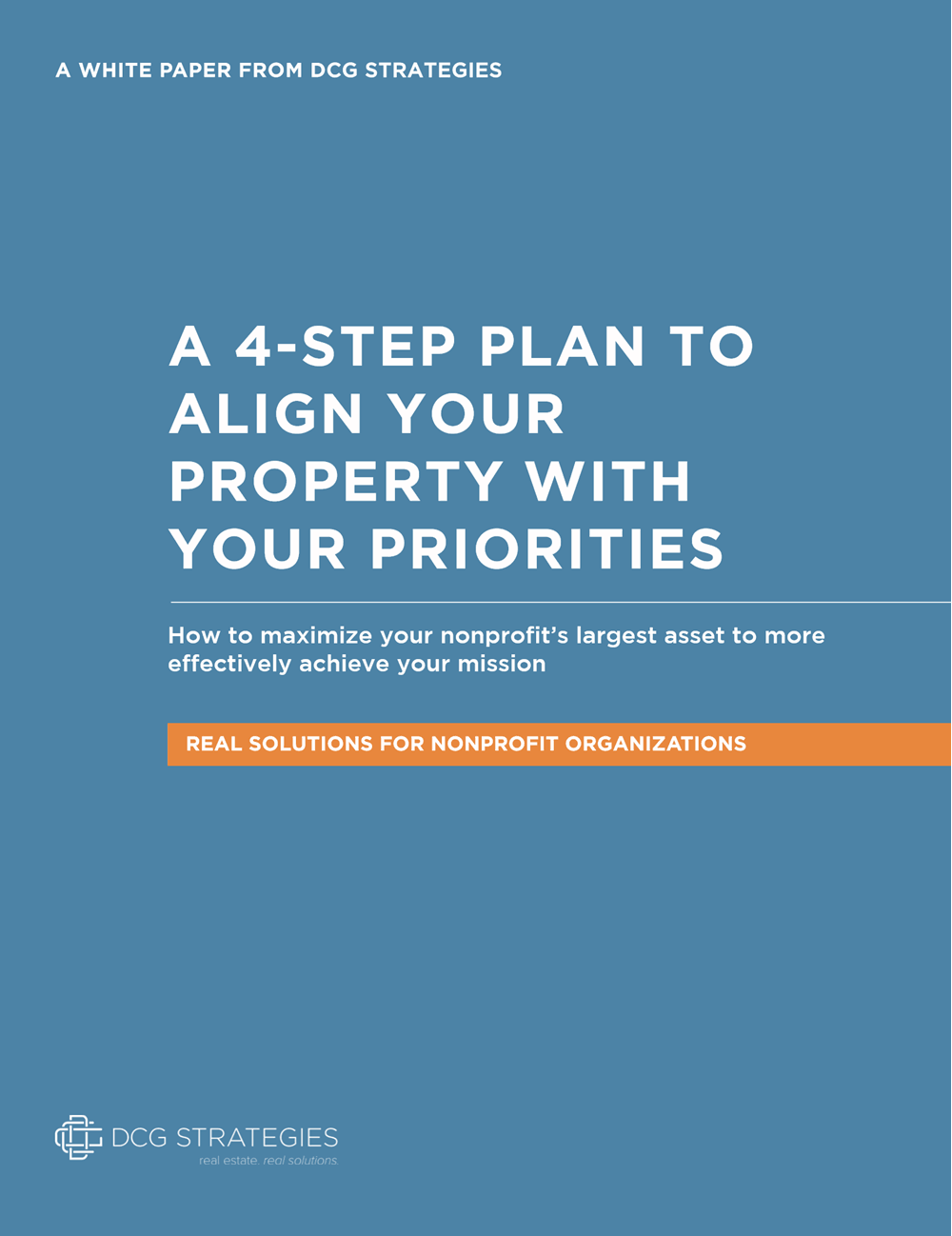Nonprofits often find ways to make extra money; they may lease out unused space to another nonprofit, open a thrift store, or make a deal with a cellular phone company. Although sometimes lucrative, this “business” is usually a side venture. The organization still survives primarily on donations from its members or government grants.
However, nonprofits are beginning to improve upon their status as serious players in commercial real estate. These entrepreneurial organizations more closely resemble for-profit developers, involved in multimillion low-income housing developments and other commercial endeavors. Since real estate is their business, these developers are often as sophisticated and efficient as their for-profit counterparts.
Nonprofit developers have been especially visible in building affordable housing complexes. When governments drastically scaled back public housing projects, nonprofit developers filled the void. They did so because for-profit companies often won’t take on such projects, particularly in cities with high-cost real estate, like here in the San Francisco Bay. For-profits might include token affordable units in more expensive projects to gain government approval, but their focus will almost always be on upper-end units that command the highest rents. But nonprofits have been highly successful at using a combination of public funds and grants, tax credits, and traditional financing to complete these projects in communities that desperately need them.
Non-Profit Developers Build Affordable Housing and More
The San Francisco-based Bridge Housing Corp. was an early example of this type of project. Since it got its start with a gift of 10,000 IBM shares, the nonprofit has built more than 14,000 affordable units over the past 30 years. One of its recent projects included a $43 million, eight-story building with more than 120 apartments for the homeless on the corner of Folsom and Essex in San Francisco. According to a newspaper account, Bridge Housing and its partner, The Community Housing Partnership, secured funds from 10 sources to make the project happen. As that fact demonstrates, these deals can be every bit as complicated as a large commercial deal.
These skilled non-profit developers have also branched out into other semi-public projects. In Minneapolis, a non-profit developer was recently recognized for repurposing a historic, 120-year old library into a $6.5 million workforce center with a meeting room and classroom space. The Chicago-based Mercy Housing Lakefront, traditionally a low-income housing developer, bought a warehouse for $307,000 on the south side of Milwaukee and then gave the building to another nonprofit that organizes major city festivals. That community group will now use the repurposed warehouse as its headquarters.
Nonprofit developers have also begun to buy troubled housing developments. In Cincinnati, one of the largest nonprofit housing developers in the country, the Boston-based Community Builders, bought 36 buildings with 618 apartments. It plans to use federal grants to revive the deteriorating housing stock in two entire neighborhoods.
Closer to home in St. Helena wine country, a nonprofit took over a low-income housing project from another nonprofit. The original nonprofit developer planned a major affordable housing project but was forced to give up after facing community opposition. The new nonprofit developer took a different tactic; it did not immediately propose to revive the housing project. Instead, it sought public input from the neighbors regarding what project would be suitable for them on the 10-acre parcel.
Non-Profit Developers Should Remain Busy
Nonprofit developers were especially busy during the last recession, which left many distressed properties and empty lands available at low prices. This phenomenon was particularly prevalent in California; one of the states hit hardest by the economic downturn.
A recent study by RealtyTrac points out that high-cost cities like New York and San Francisco give developers of apartment units the least return on their investment when compared to cities with modest real estate prices and moderately-priced rents. That’s because the land costs so much; even high-rental returns don’t make up for those initial land costs. So, for-profit developers and investors are under even more pressure in places like San Francisco to command high rents. As a result, nonprofits could potentially take over an even a larger share of the lower and medium-income rental market.
Needless to say, nonprofits will continue to be active in California. Developers with empty land or aging housing developments could have an opportunity to make deals with these groups. Nonprofits also have the ability to turn California communities in need of affordable housing into exciting real estate opportunities.
If you are a nonprofit developer looking for surplus property or undervalued housing complexes, you don’t have to go it alone. You can get a thorough analysis of the market with all the available options from a consultant whose community values align with your own. Contact DCG Real Estate today to learn more.





